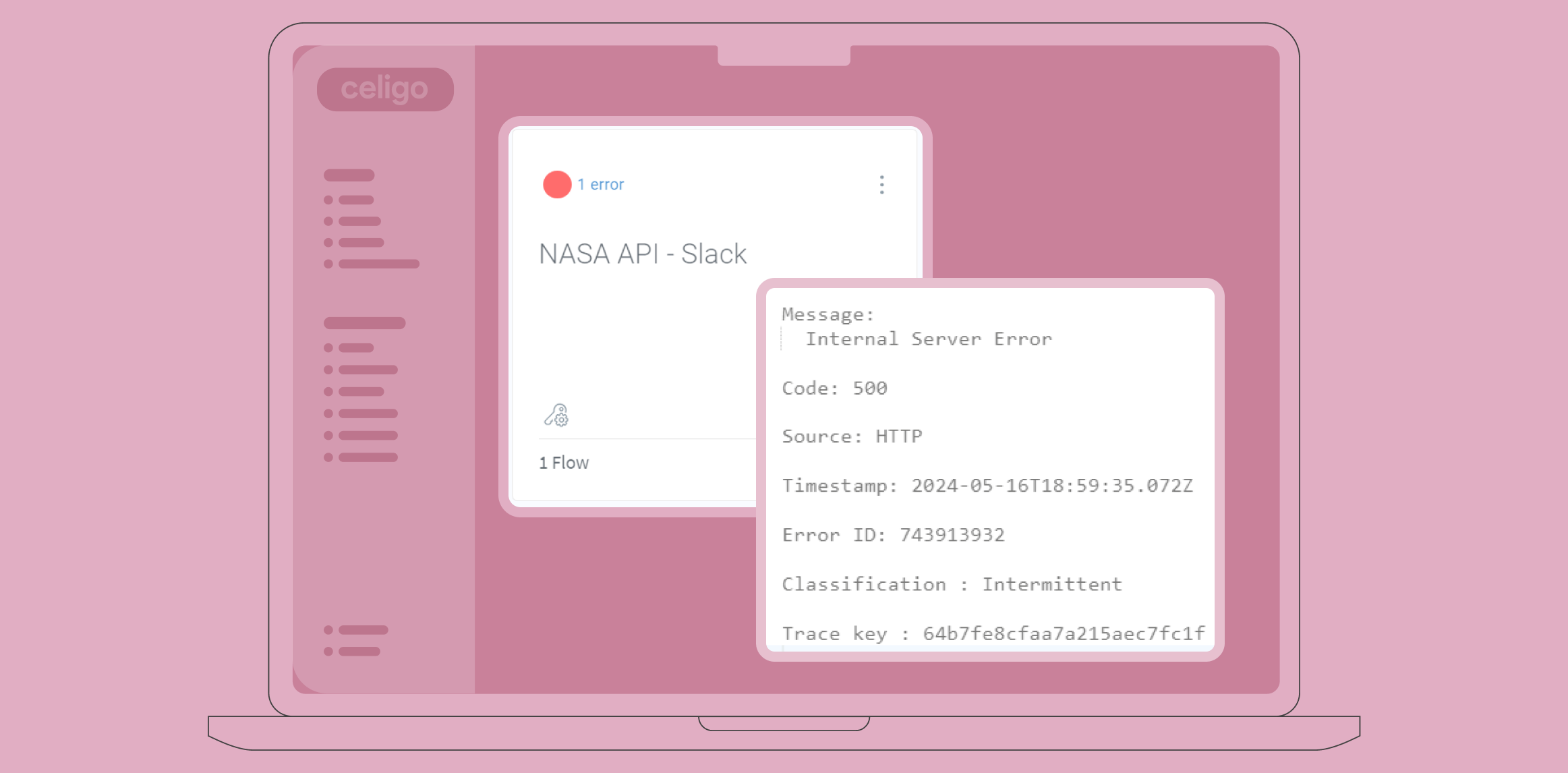Published Jun 18, 2024
Breaking barriers with AI: 5 trends that are changing the game

- 97% of survey respondents said AI was critical for operational improvements.
- Respondents saw improved productivity, optimized operations, and reduced costs.
- An AI-powered iPaaS can help you further enhance operational efficiency.
Since artificial intelligence (AI) began making headlines, some have hailed it as the groundbreaking technology that will supercharge productivity, while others fear potential job losses. Both of these scenarios share a common thread: their fixation on the future. The reality, though, is that AI is not just a futuristic concept; it is already a present reality transforming operations worldwide.
Celigo recently conducted a survey of over 1,200 global IT and operations leaders across industries, from manufacturing to education, on the topic of AI. The survey found that nearly all respondents were already implementing AI and seeing early success. In fact, 97% of respondents said that AI was critical to driving operational improvements this year.
Discover how your peers are leveraging AI and how you can better implement it at your organization with these five trends.
1. AI is revolutionizing operations
AI adoption is on the rise in businesses of every size and sector, spearheaded by IT and operations departments. According to the survey, 72% of respondents are currently leveraging AI in their IT department, while 50% have implemented it in their operations.
So far, these teams are seeing positive outcomes from AI. Respondents reported improved productivity and efficiency (49%), optimized operations (45%), enhanced customer experience (39%), and reduced costs (37%).
While both departments are eager to adopt AI, they have different priorities. IT leaders are focusing on automating and reducing manual processes, whereas operations leaders are looking to cut costs.
Whether you choose to focus on automation or aim to reduce costs, you need a comprehensive AI strategy to help you achieve your goals. Building a roadmap with a timeline for implementation and identifying key performance indicators will allow you to measure success, drive mass adoption, and accelerate transformation.
2. Businesses are making the investment
Many businesses have high hopes for AI, and they’re putting their money where their mouth is. Survey respondents said they were planning to spend 25-50% more on AI in 2025.
Although these businesses have big plans for future investment, that’s not stopping them from starting the process today. Key areas for early adoption include data analysis (53%), customer support (42%), training and simulation (39%), and streamlining operations (38%).
To make the most out of your investment in AI, leverage AI tools that boost productivity and increase ROI. Focus on tools that automate routine tasks and facilitate faster decision-making.
3. Employee concerns hinder adoption
There are many exciting opportunities available for leveraging AI, but respondents faced several challenges when it came to widespread adoption. Common concerns were security (56%), a lack of understanding of AI’s organizational benefits (47%), fear of being replaced (46%), and the prioritization of other IT tasks (33%).
By creating a positive environment that promotes continuous learning and allows for experimentation with AI technologies, you can encourage better adoption. Be sure to provide resources and facilitate knowledge sharing across departments to help your teams get comfortable using AI.
4. IT needs support from citizen integrators
With a plethora of use cases for AI technologies, it’s easy for IT to get overburdened–especially when teams are understaffed and underfunded. Many IT teams are looking to empower non-technical business users to help build AI solutions.
53% of respondents said they allow business users to implement AI solutions themselves. Most respondents also encourage business users to get more involved in automation efforts with 68% embracing a “citizen developer” mindset, supporting knowledgeable workers who are eager to automate operations.
The key to preventing bottlenecks and reducing IT backlogs is enabling business employees to assist in automation efforts. To do so, you will need to upskill your employees. Encourage a culture of learning and innovation by offering AI tool training, fostering feedback loops for knowledge sharing, and recognizing employees who show initiative.
5. An integration strategy is key
Adopting AI alone can only get your business so far. For sustained success, it is crucial to ensure the smooth operation of your business by integrating your SaaS applications effectively.
Unfortunately, integrating your systems can be challenging. Respondents encountered various hurdles, such as connecting data across applications (52%), security (51%), overall implementation (45%), maximizing usage (36%), and governance (21%).
By leveraging an iPaaS (Integration Platform as a Service), you can address these challenges. With iPaaS, you can connect all your applications on a single, user-friendly platform with the governance and security capabilities you need.
AI in iPaaS
To fully harness the potential of AI, your tech stack must be integrated. Simplify this process by leveraging an advanced iPaaS powered by AI.
Celigo’s iPaaS uses AI to automatically resolve 95% of errors, facilitate smooth handoffs between technical and non-technical users, and streamline the building process. Explore all of Celigo’s AI capabilities in this blog.
To dive deeper into these AI trends and what the future holds, check out the report, The AI revolution is here to stay: What’s next for leaders in IT and operations.




